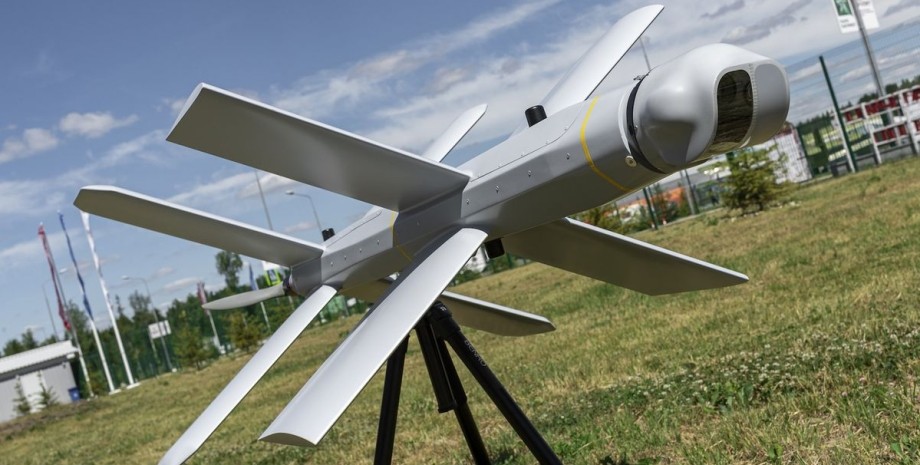Cloaking net saved Ukrainian T-72 tank from Russian Lancet kamikaze drone - another drone was intercepted by a tree

Soldiers of the Armed Forces of Ukraine recorded a short video to demonstrate the result of an attack by two Russian kamikaze drones on a T-72 tank.
Here's What We Know
Despite the fact that very often the Lancet hover munitions destroy Ukrainian equipment, in particular the S-300 surface-to-air missile systems, this time the fighting vehicle managed to survive. A camouflage net and a tree helped it to do so.
The camouflage made it impossible to hide the T-72. However, the Lancet kamikaze drone snagged on a tree during the attack and got stuck in the mesh. For unknown reasons, the warhead did not detonate. Now the fighters face the task of getting rid of the drone so that it does not explode.
#Ukraine: A rare look at a failed Russian attack on an ???????? T-72 tank by two Lancet loitering munitions- both drones apparently caught on the trees, failing to detonate.
- ???????? Ukraine Weapons Tracker (@UAWeapons) December 23, 2022
It is worth mentioning that though the tank was covered by a camo net it was still found by the drone operator. pic.twitter.com/hhC0eN5jh9.
The T-72 was attacked by two Lancet barrage munitions. While the first stuck in the net, the second missed the tank and attacked a tree with itself.
The Lancet itself exists in two versions. "Lancet-1" has a range of 40 km, the warhead weighs 1 kg and can fly for 30 minutes. A more powerful version is called the "Lancet-3". It is equipped with a warhead weighing up to 5 kg. The flight range is 70 km, and the time is up to 60 minutes. During the attack, it is capable of reaching a speed of 300 km/h.
Source: @UAWeapons